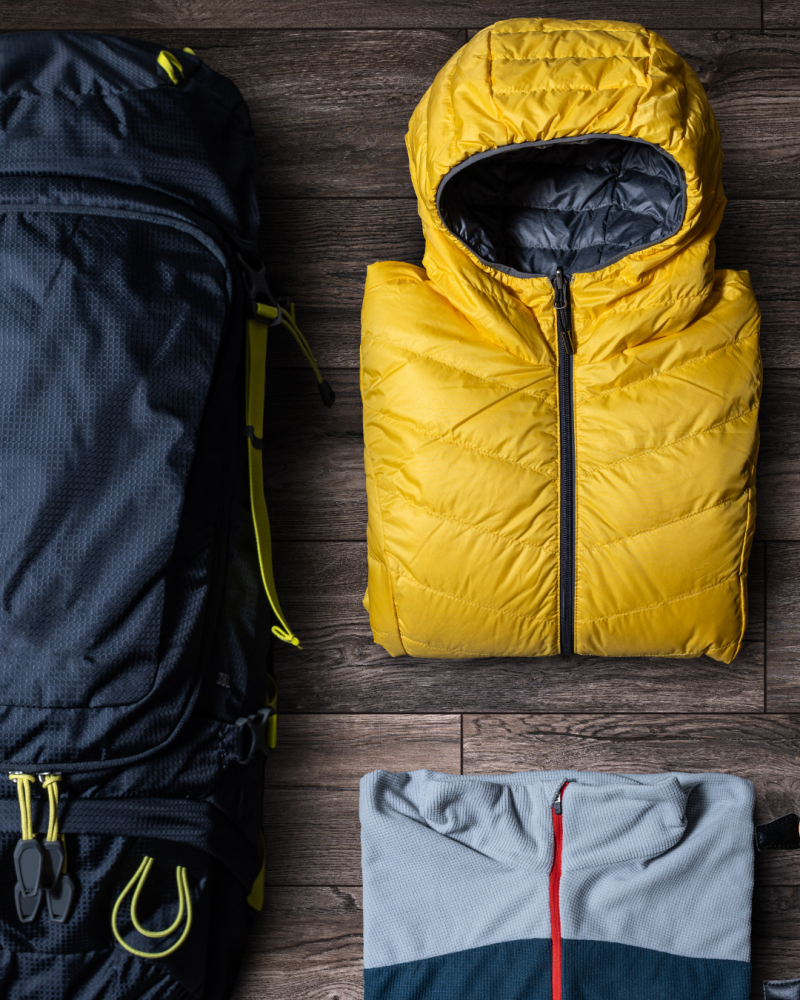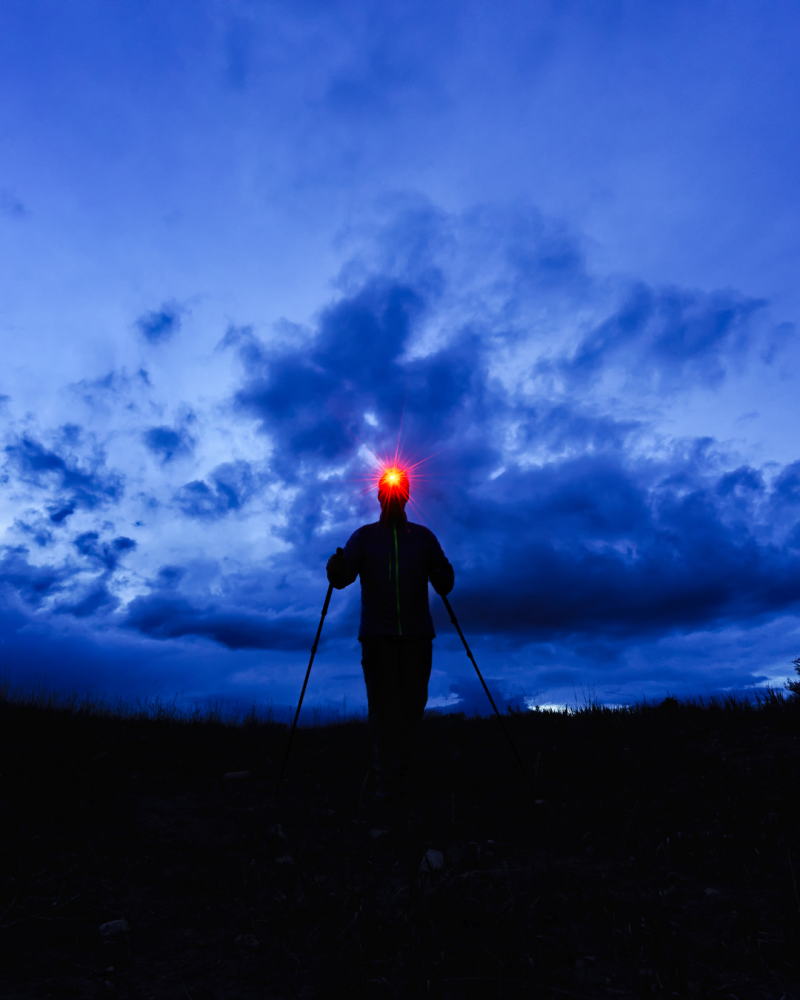Everything You Need for a Sunset Hike

Sunset hikes are some of the most magical hiking experiences you can have: beautiful colors, awesome views, and cooler temps (just to name a few perks). But how do you have a good hike while also staying safe? We’ve compiled a list of tips for planning the perfect sunset hike adventure for those summer nights.
Trail selection is key. Pick a trail that gives you good visibility in the westward (sunset) direction. You don’t want to pick a trail that only has tree cover the whole time or where the colors get blocked by a mountain. Think about difficulty, elevation gain, and the length of the trail so that the main event can be the sunset, not the four stream crossings you forgot about.
It’s all about timing. Check what time sunset will be for the area, and figure out how long it will take you to hike to your chosen viewpoint. Depending on the time of year, sunset could mean a lazy after work walk or a purposeful sprint to a viewpoint.
Don’t forget the layers! It can get cold when the sun goes down, so pack an extra layer or two so you’re not freezing on the hike back.
A down or synthetic puffy jacket usually makes a great extra layer because they can pack down small, while a rain jacket or running shell makes a great wind barrier.

Ward off the bugs. During the summer months, sunset is also a prime time for insect activity. Mosquitos become more active, and nothing brings down an experience like being eaten alive by bugs. Pack some bug repellent to stay comfortable while you enjoy the gorgeous colors.

Always bring a headlamp. Sunset hikes to the viewpoint mean dark hikes back to the car.
Plan to bring a headlamp or some other light source (handheld light sources are not always ideal if you are hiking on difficult terrain); no one wants to stumble off trail in the dark.
Keep safety in mind. Be aware of the potential dangers or hazards of where you will be hiking. Night or low-visibility hiking carries more risks because you have less visual awareness when the sun goes down. Remember that some large animals prefer dusk or dark and can see way better than you can in low light. Stick to well-marked trails and carry a form of way-finding with you (like a GPS app, paper map, or downloaded map of the trail to use offline or when out of service range). Make sure to let a friend or family member know where you’ll be going and when you plan to return — and don’t forget to check in with them when you’re back in service to let them know you’re back safe.
